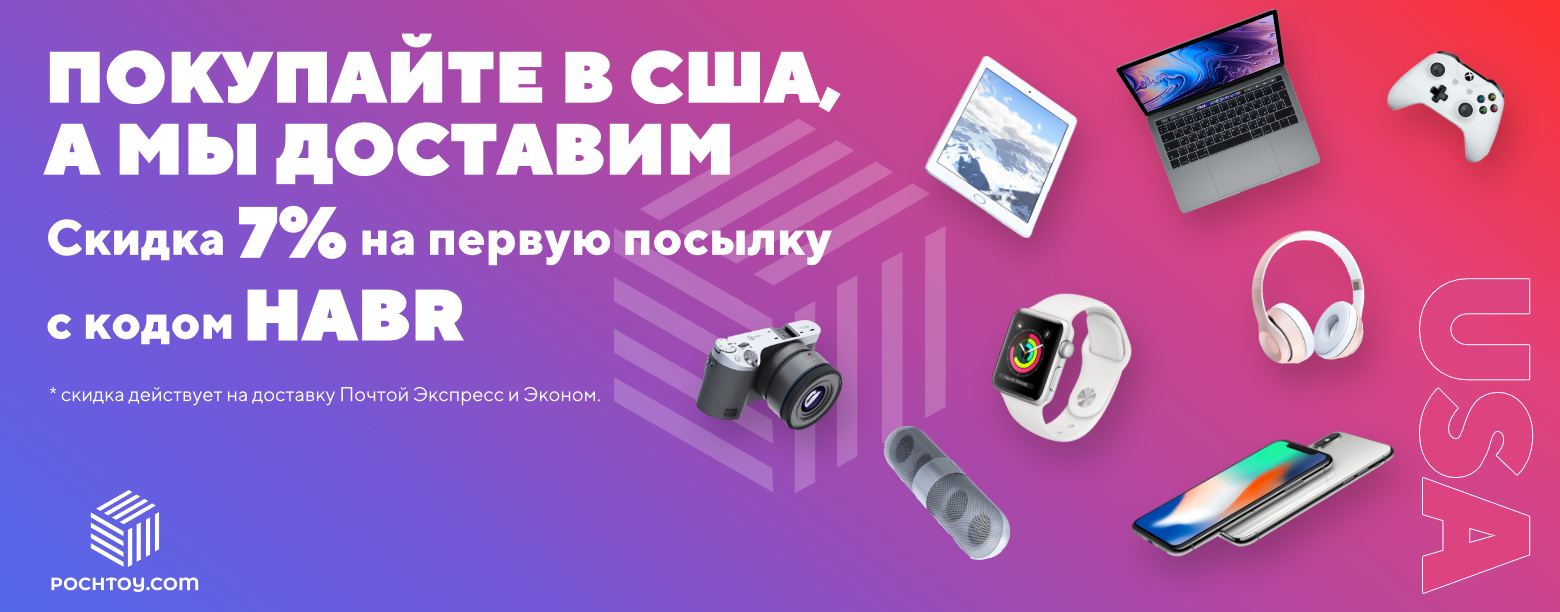The end of the era of repair devices. How Apple and Amazon Clean Out Old Electronics Merchants
- Transfer

Six months have passed since the transaction between Amazon and Apple took effect . The apple company agreed to independently sell its gadgets in the largest online store. This was a real blow to seemingly unrelated businesses to repair used devices. Two giant tech companies made a deal, and now thousands of small entrepreneurs suddenly were left without a place to work. About what has now happened with this business, and how repair shops are trying to survive in the new digital age - the new material from The Verge .
When John Bumstead looked at his page on Amazon.com in early January, his heart sank. For many years, the owner of a small business from Minneapolis was engaged in the restoration and sale of old macbooks. He bought non-working devices, repaired them on his own, then put them up on Amazon. It turned out a good income. But on January 4, John's business ceased to exist. Under the Amazon contract with Apple, all of its products (and products of other sellers) were permanently removed from the platform. Now only large companies could sell refurbished Apple devices on Amazon - Apple itself and some of the providers authorized by it.
Bumstead says:
You went to your page, in the catalog of your current products, and watched them gradually disappear that morning. I had a complete catalog on sale, but in the course of the day it was reduced to a couple of laptops, and then they disappeared.
For small sellers like Bamstead, an apocalypse happened. Now they could not sell either new or refurbished Apple products on the US main internet site - Amazon Marketplace. This site, with independent sellers working there, has brought Amazon a lot more revenue in recent years than its online store sales. Analysts now believe that it costs $ 250 billion - more than two times more expensive than trading Amazon itself. And now for many honest sellers of electronics, with a lot of positive reviews and a well-developed portfolio, it suddenly turned out to be closed.
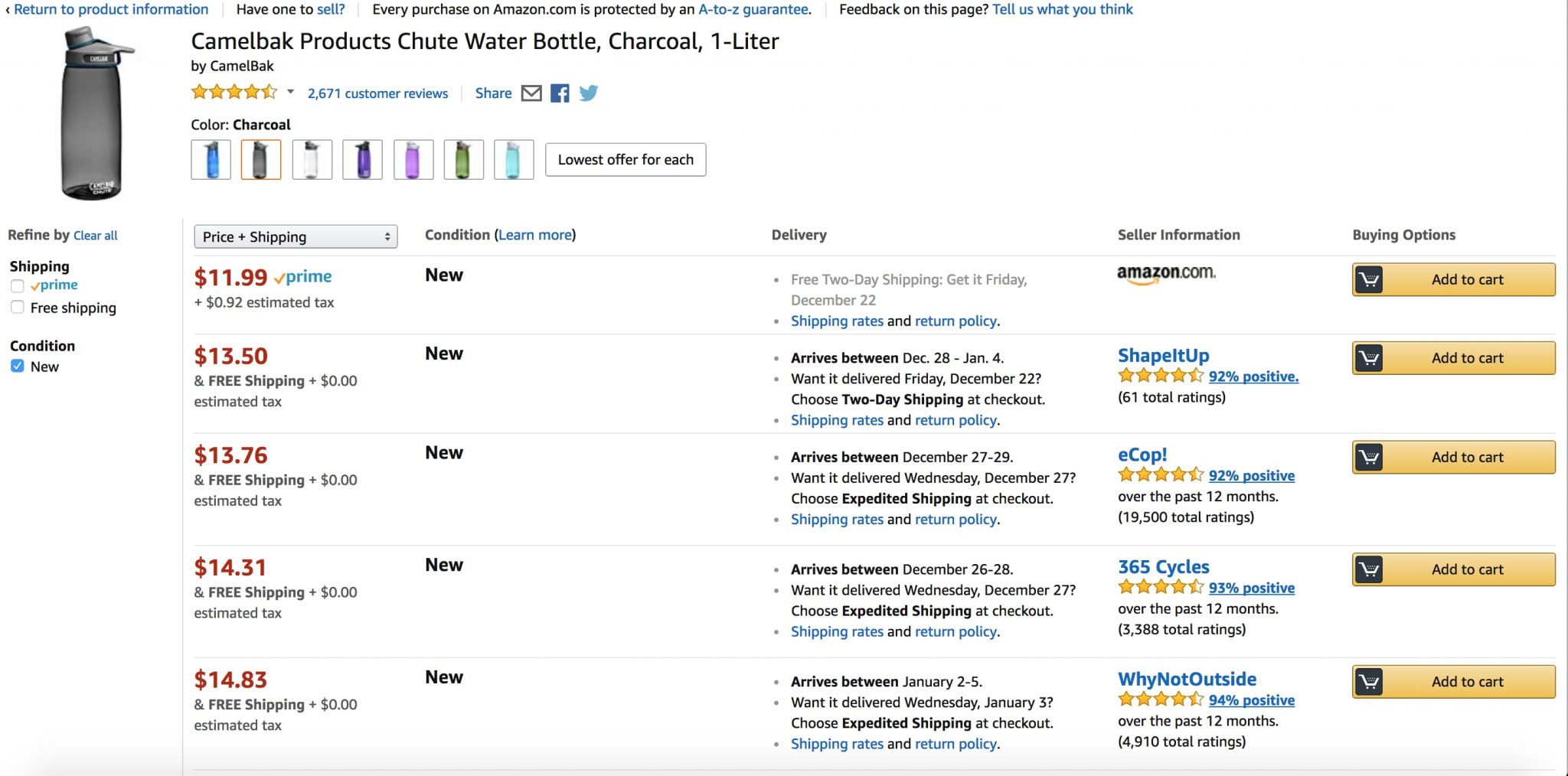
Sales from Amazon and from third-party sellers working on the site
In the USA, eBay and Walmart also exist. And a few more specific platforms like Etsy and Overstock. But none of the alternatives to Amazon offers this level of logistics and such fast delivery with all the amenities for sellers. In addition, nowhere near is there so many buyers.
Companies that want to sell Apple gadgets on Amazon must now meet one of two criteria. Or they buy refurbished devices for at least $ 2.5 million every 90 days directly from Apple. Or they register and become an authorized Apple reseller. What needs to be done to become such a reseller, the company still has not informed anyone. But most likely you will at least need to have a physical outlet where customers could go (this condition Apple puts to all its repair services). For Amazon private sellers with minimal margins, even such a requirement can be critical.
The deal between Apple and Amazon is estimated to bring hundreds of millions of dollars to both companies. Apple will sell more new devices, and Amazon will receive the presence of the most expensive brand on the planet on its platform. Now millions of people will be able to take the new "apple" technique with the minimum delivery time, from the place where they are already used to buying goods, and often at prices even lower than on Apple.com. Both companies will get good money using Amazon’s improved logistics.
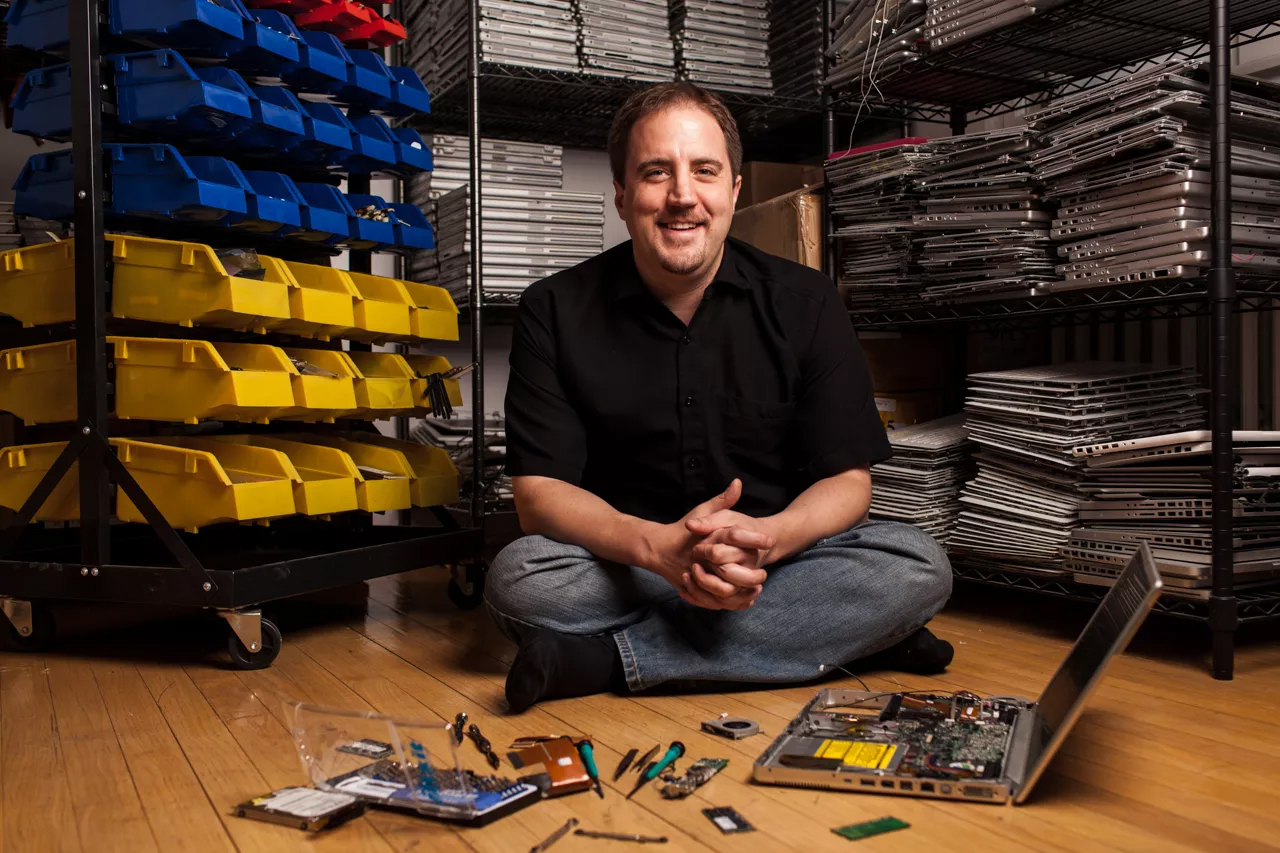
John bumstead
The same money will go away from private repairmen, like Bamstead. For Apple, this is only a plus. The company generally, as is widely known, does not like its devices to be repaired, and ideally prefers to sell new ones every year. Even those repairmen who work inside the Apple system constantly complain about tightening requirements and new sticks to the wheels. For example, to fix the latest MacBook Pros, they now need software purchased directly from Apple. The company’s gadgets are known for poor maintainability, and Apple itself is actively fighting against the introduction of the law on the “right of consumers to repair”.
For someone like John Bumstead, who is repairing gadgets from home, Apple's requirements for becoming an official partner are too high. He says he does not have the necessary millions of dollars to replenish stocks every quarter. And the companies are still silent about what needs to be done to become a member of the promised “sellers program”.
Amazon is literally half of all online sales. If you take away millions of absolutely good, albeit recently repaired laptops from the platform, they seem to disappear. People will no longer find out what they are and what they can buy. As a result, such machines go to scrap, despite the fact that they are in excellent condition.
Many people want to buy inexpensive refurbished laptops. And the world is full of craftsmen who want to repair and sell them. But the links connecting them are becoming less and less.
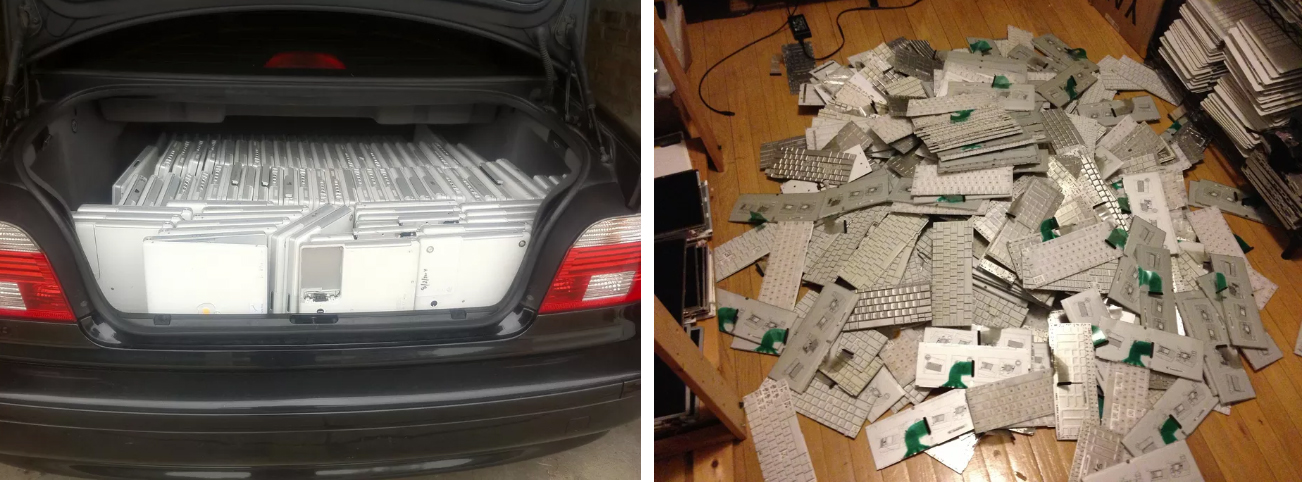
Bamstead Business
Amazon, of course, loses such sellers and such buyers of used gadgets. But for her it is not so critical. She will earn her billions anyway. At this stage, her image is more important. Until recently, Apple itself did not sell products on their site, instead relying on Apple.com and several official resellers like Best Buy. Now, as Nike and other world-famous companies used to be, it gets a beautiful page for itself . With all the gadgets in one convenient place, and without third parties. Apple can control these sales, and Amazon can tell its investors that they have now even attracted Apple.
Sucharita Kodali, an e-commerce analyst at Forrester, explains:
Amazon needs brands. We know that consumers go after brands, they are looking for them. Since the early 2000s, third-party sellers have represented brands on the site, and Amazon was happy with that. But now, brands want to control their online image. They want to control how their product looks, especially on Amazon. For third parties in such conditions there is no place left.
Amazon also has access to valuable information on how Apple's online business works. Kodali tells:
Bezos always said that he does not care who sells to him, the manufacturer or the reseller. But companies are probably more interesting than first-hand sales. So she can establish cooperation with these organizations, and learn about their margin. This is especially important given the development of their own Amazon Basics line.
When you are Apple and you sell with Amazon, you share information about sales, about margin, about the goods that are sold, about the reasons for the returns. You reveal a lot of trade secrets. Therefore, for example, Apple prefers not to sell its smart HomePod column from Amazon. Information about it would be too valuable for Amazon Echo development.
When asked that small repair shops are forced to leave the platform, an Amazon spokesperson told The Verge that they can always try to qualify for Amazon Renewed . This section of the site is designed specifically for the sale of refurbished goods. This section is open for Apple technology. True, Amazon will inspect your repairs and sell your products. She also works with reviews and controls every aspect of how products are presented on the site. From a seller and a partner you simply turn into a repairman.
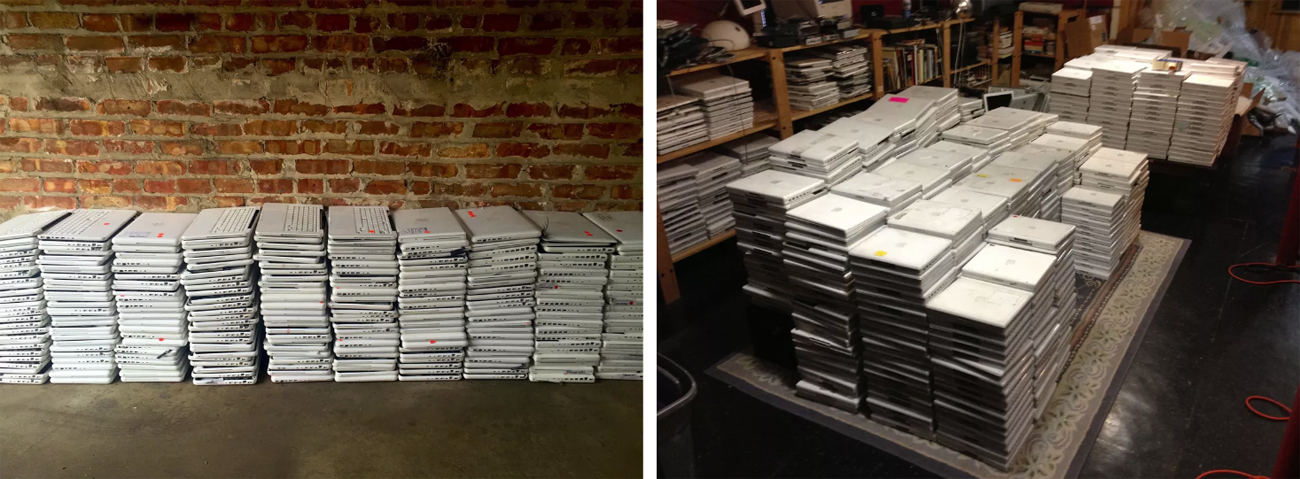
John Bumstead is not the only one who has kicked off the Amazon-Apple deal. Thousands of sellers, both single and fairly large companies, are now forced to think what to do with the goods. CNet talked to an engineer from Colorado who sold hundreds of thousands of dollars of Apple products annually and is now looking for another job. AceBeach, specializing in old and unique electronics, was forced to quit selling Apple appliances and focus on various toys. It seems that there are eBay and Walmart that do not limit Apple’s sales in any way, but these platforms cannot compete with Amazon in terms of popularity, and it’s too hard to find an audience for a new seller.
In the Facebook group where Bamstead communicates, dozens of former sellers have joined together over the past six months to find a new home. They discuss alternative trading floors, potential ways to defend their rights in court, and other strategies that could allow them to continue to run their business.
Through this group, Bamstead met Jim Ilardi, founder of the small PiratePT Electronics repair shop . Unlike John, who deals with macbooks, Ilardi found a niche for himself in the restoration of old iPod Classic players. These devices Apple no longer supports and does not sell.
Ilardi gave old iPods new cases and batteries, and then he also began to change their hard drives to SSDs and increase disk space, so that the products became even better than ever before. PiratePT had a 98% Amazon approval rating, and Ilardi was unique in its category. But in January he was also cleaned up. Now almost nothing remains of his products on sale, and Ilardi is trying to find a new home on eBay and on Etsy . Plus earns money by repairing displays and various equipment that they send him.

New trading location Ilardi
Ilardi says his business, which used to generate solid income, is now going very badly. eBay does not show the user sellers of their chosen product. Instead, the buyer sees a list of offers. So Ilardi, with his "pumped" iPod Classic, is forced to compete with hundreds of ordinary old devices that users decided to sell. eBay doesn’t give it away. The last hope for Etsy, where, according to the repairman, he now receives a quarter of what he earned on Amazon.
The main question for these people, who suddenly lost their source of income, is how they prevented Apple and Amazon. Is a group of honest and independent online merchants such a threat to companies with revenues of $ 50 billion per quarter?
Apple sells macbooks, and one could say that John Bumstead’s business is competing with her. But Bamstead is engaged in products that have been seen for his summers, and people who would never have thought of spending $ 1,000- $ 1,500 on a new laptop buy them from him. And so - at least get used to macOS ...
Ilardi’s situation is even more clear:
I sell what they no longer produce and do not support. My product - they got rid of it. What is the difference now Apple? They have already left this business for five years.
And here the new Apple-Amazon deal is directly confronted with the movement for the right to fix purchased devices. Apple has struggled for years to introduce this right for consumers, spending hundreds of millions of dollars on it. Just last month, Apple lobbyists put pressure on California lawmakers and prevented the adoption of such a law, saying that buyers can hurt themselves by trying to fix their iPhone on their own. So legal repair is still available only in services authorized by Apple.
The company is so worried about fixing their devices, because if the owners of its smartphones, tablets and computers find it convenient to fix them on their own, they will have less reason to buy new gadgets. And along with the right to repair, there is the right to buy and sell refurbished devices.
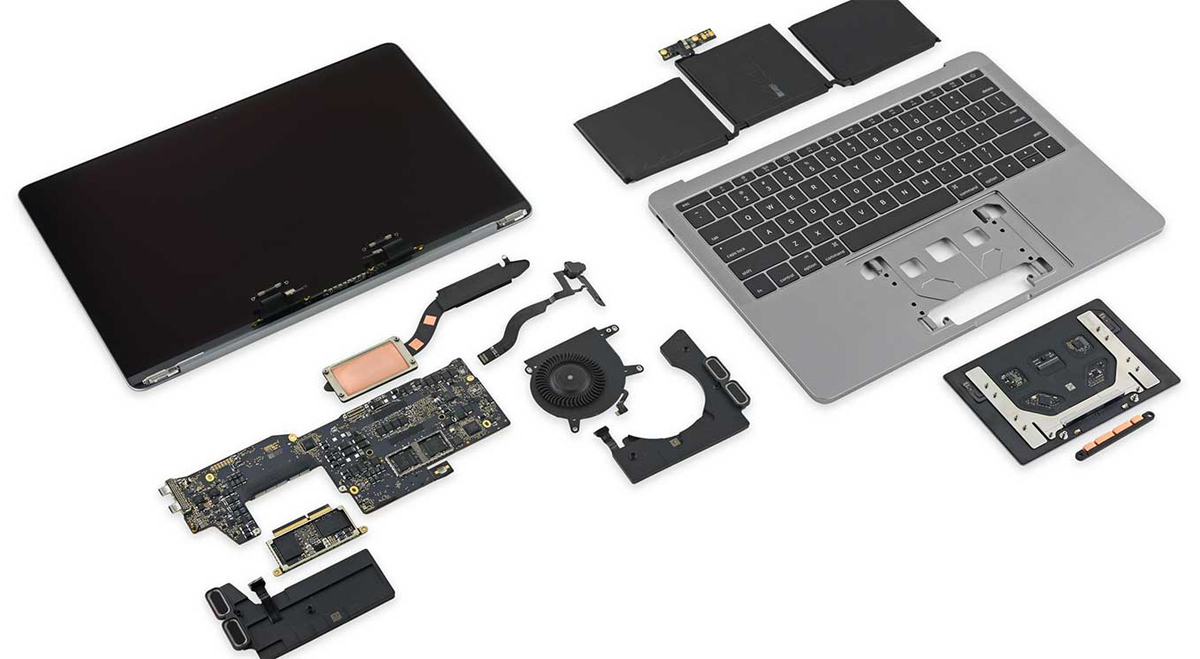
The US Supreme Court in 2013 ruled that users can sell copyrighted products if they are legally their owners. But this did not stop companies such as Apple (and now Amazon) in their desire to complicate the life of such resellers. For example, in October, Apple confirmed that its new T2 chip , installed in the MacBook Pro line and other computers, completely blocks the device if it suddenly feels that some parts of it, like the motherboard, have undergone unauthorized repairs. The only way to avoid this is to buy a special diagnostic utility distributed by Apple among its partners. For small workshops, such as Bamstead, such a program is simply not available.
In the end, John says, the situation has become a science for him. “A lot of my friends were forced to leave the business.” Instead, Bamstead returned to the wholesale of old MacBooks, which he had been working on before opening his page on the Amazon Marketplace. He receives dozens of laptops from processing, repairs them, and gives them in batches of 10-20 each to sellers who usually have their own offline store or point of sale outside the United States.
Bamstead also began moving most of his business to his personal website . And spin it through YouTube, showing how you can repair your macbooks yourself. Sales are not so close as much as they were with Amazon, but there are pluses:
Someone is buying a laptop from my site, and I think - wow, it's that simple. No one has to pay part of the money, no deadlines, no need to be afraid that something will suddenly change in the infrastructure.
If I learned something from all this, it is that, even if you are small, you still need your own platform. Then at least nobody will take it from you
PS For the delivery of gadgets and any other products from US online stores, there is Pochtoy.com. Saving thousands of rubles compared to purchases in Russian stores, and delivery costs from $ 11.99. When registering with the HABR code, you get a 7% discount.
